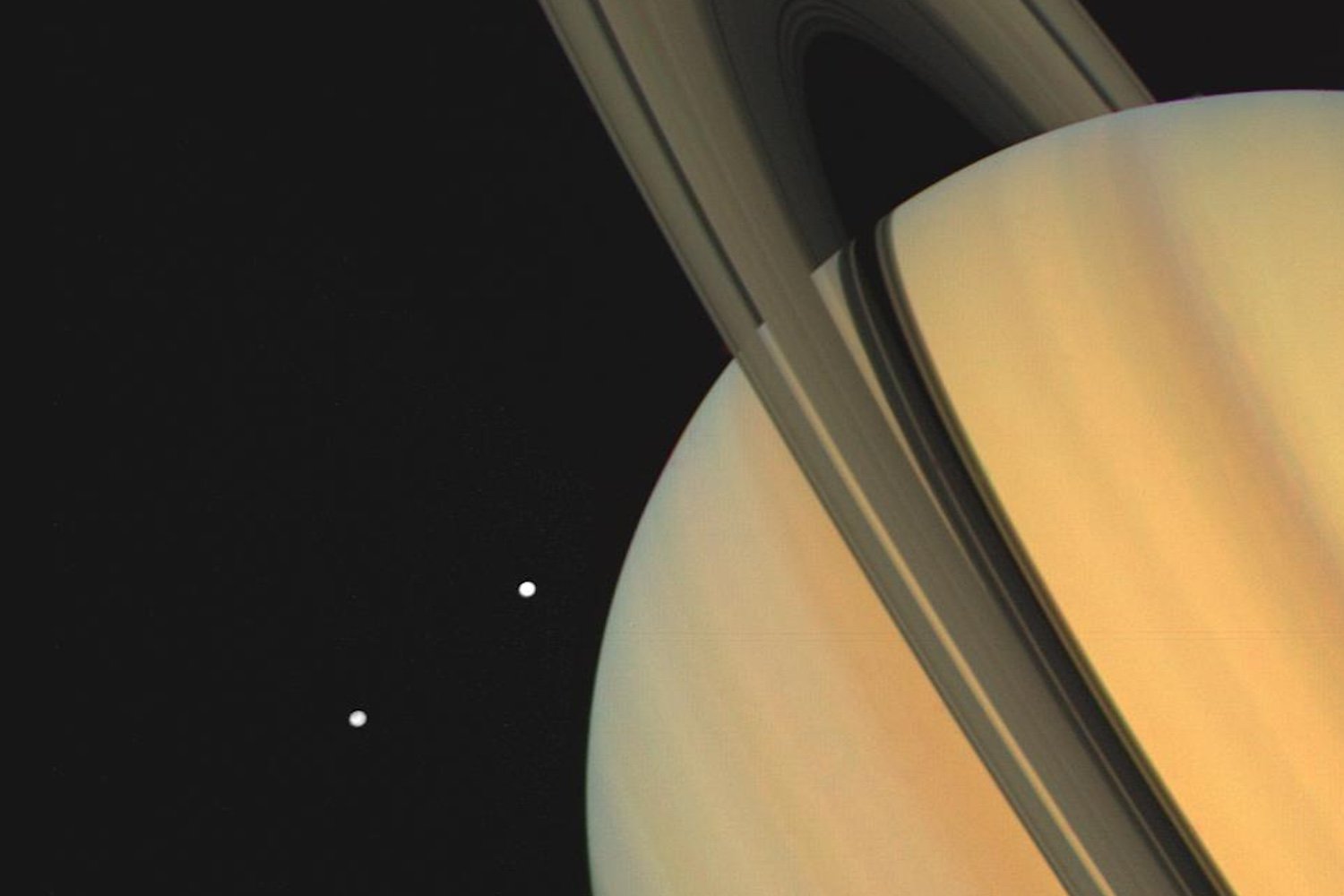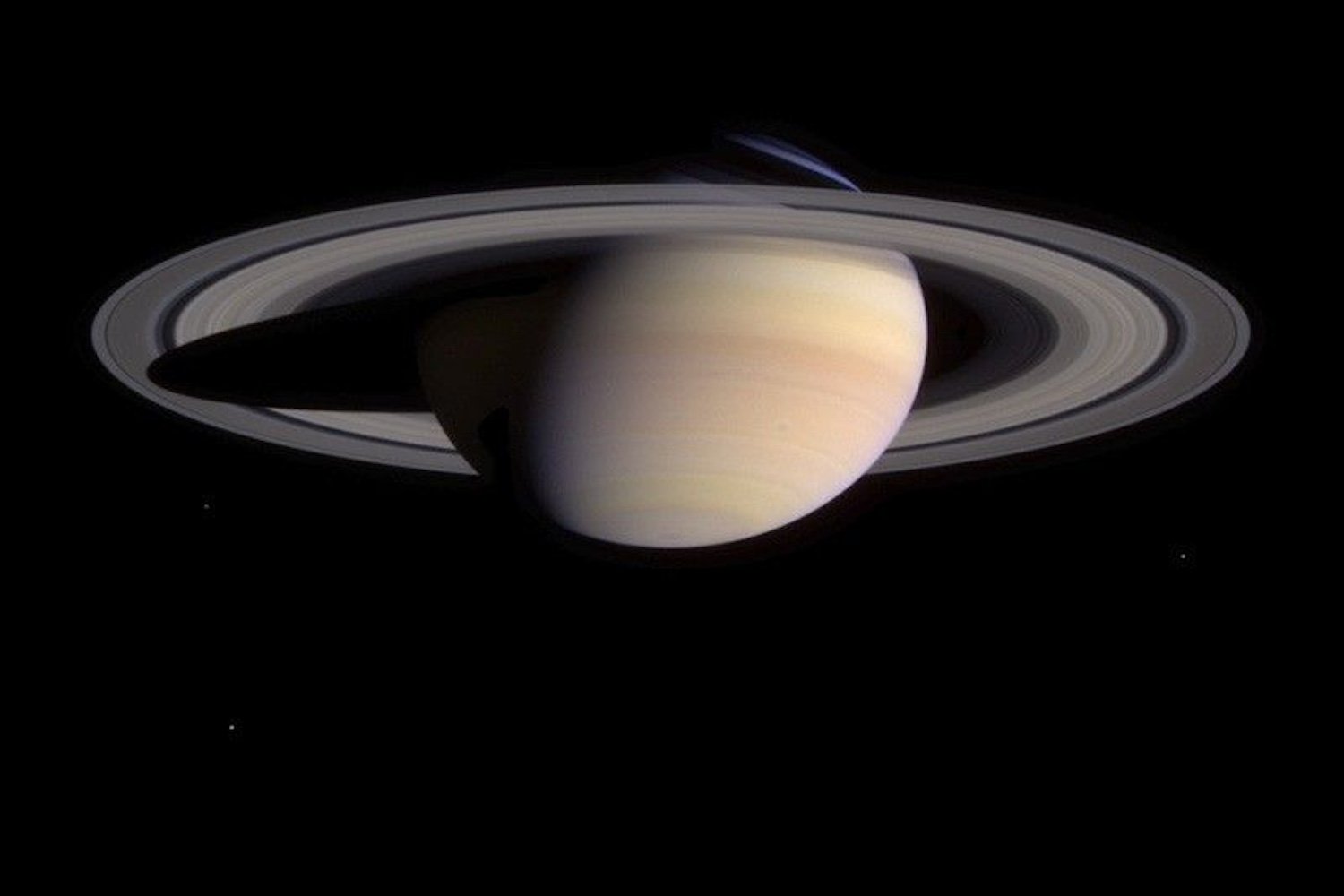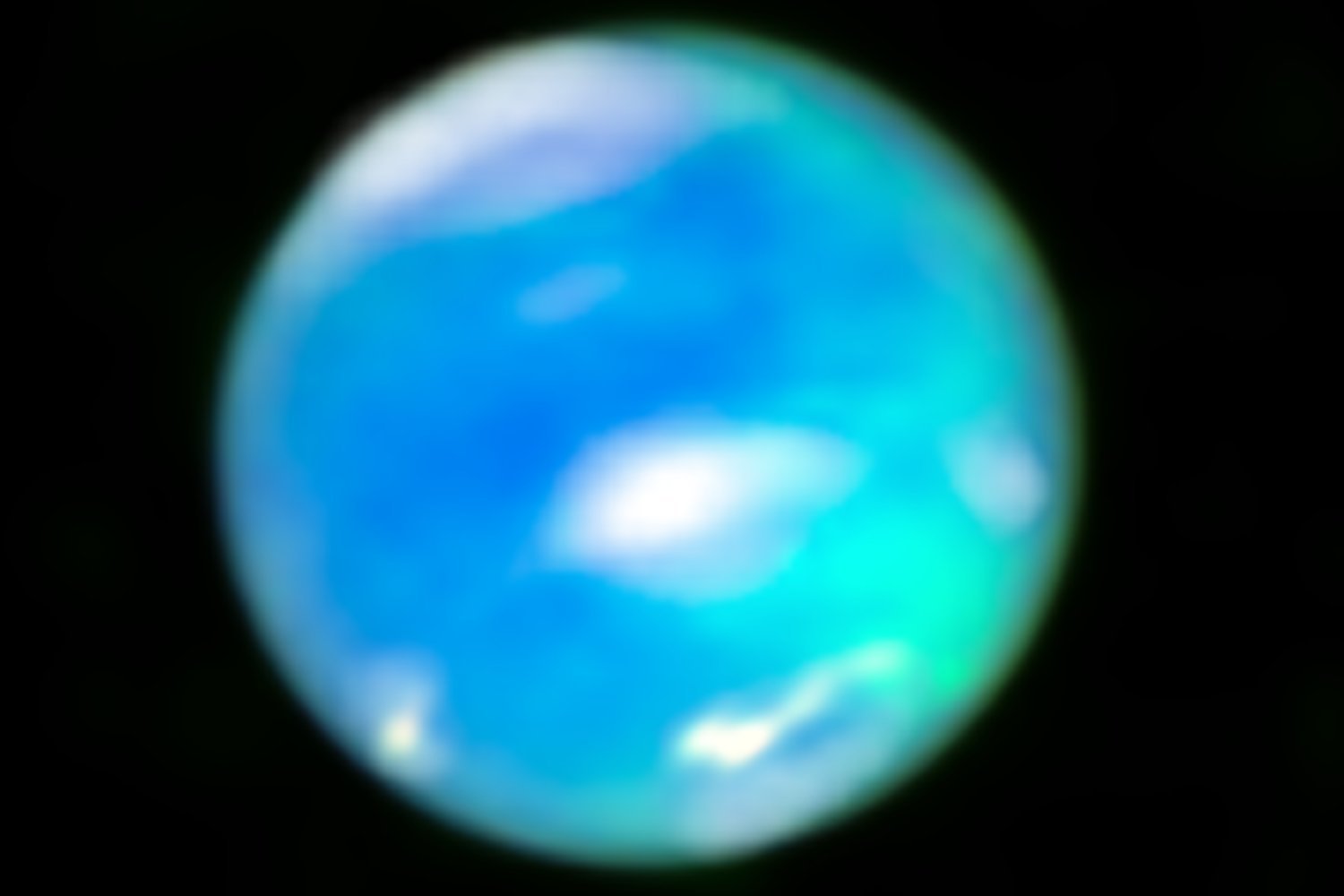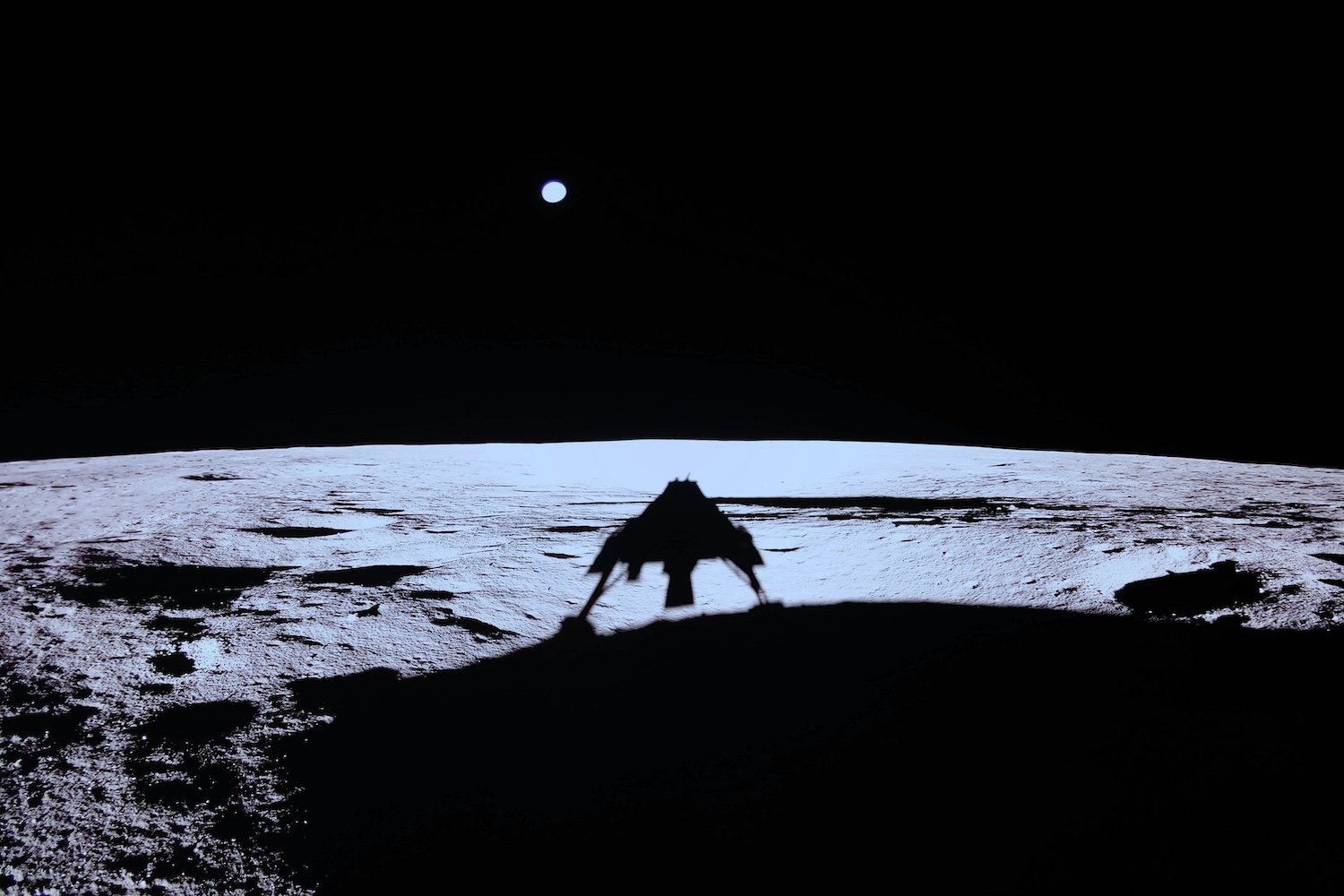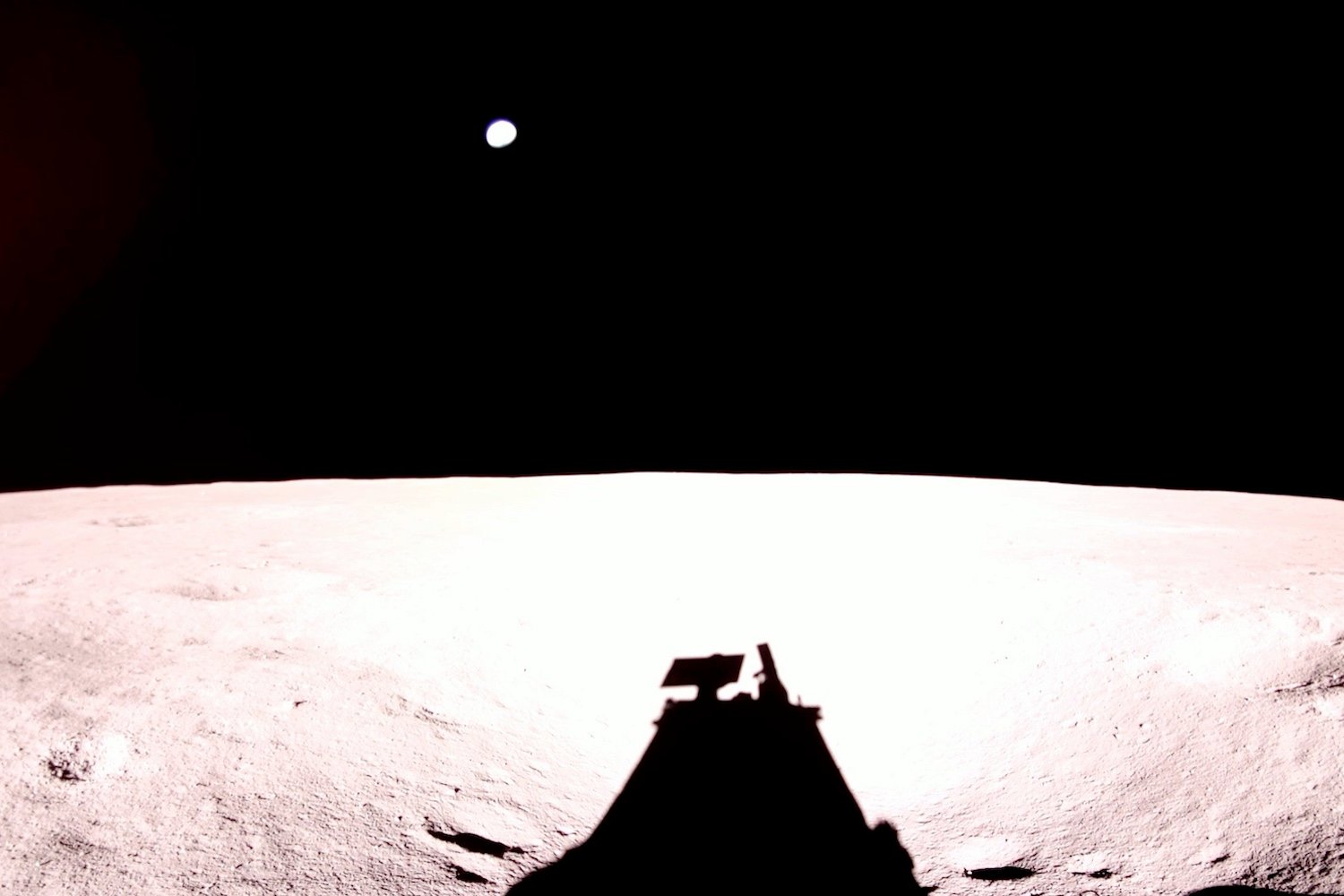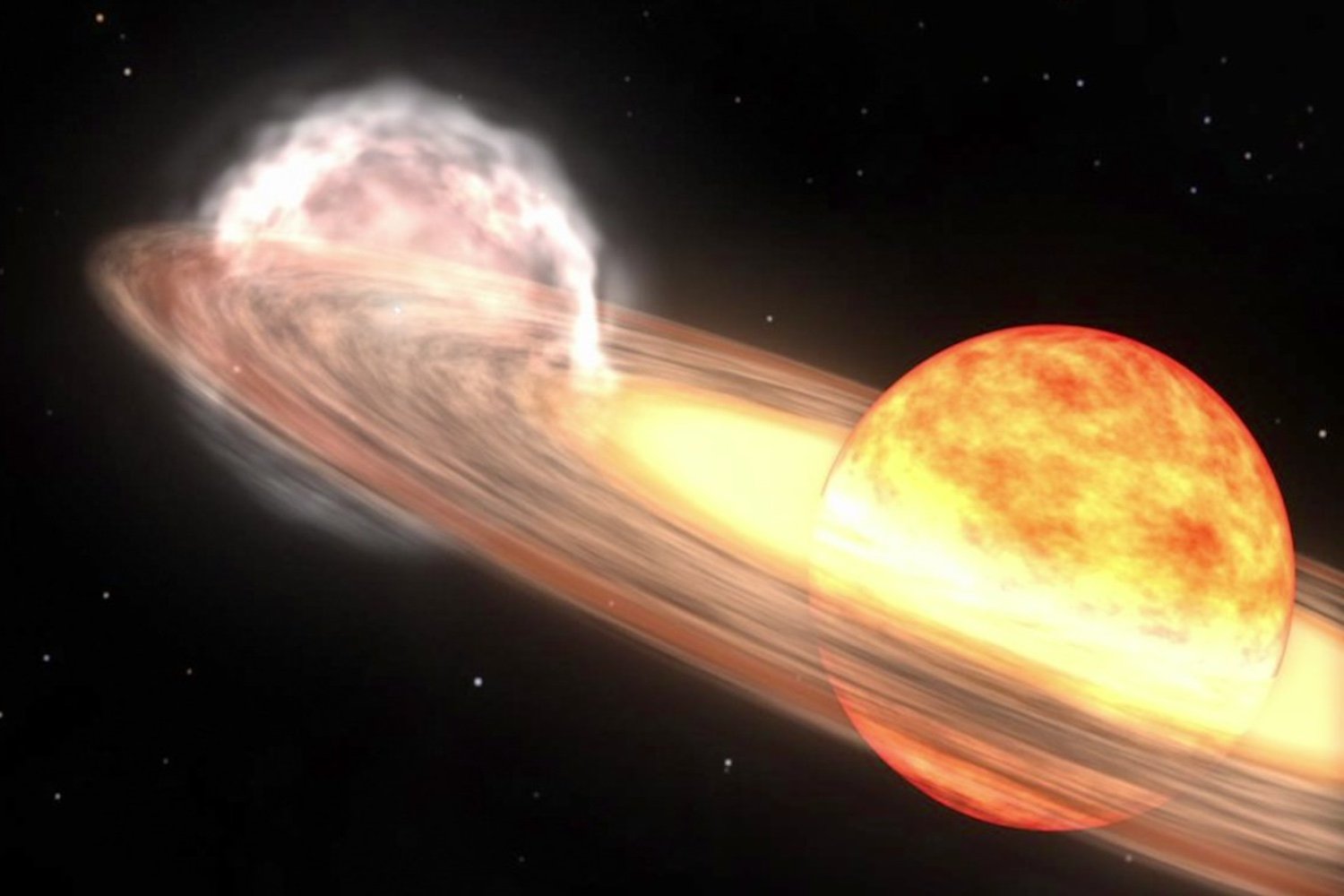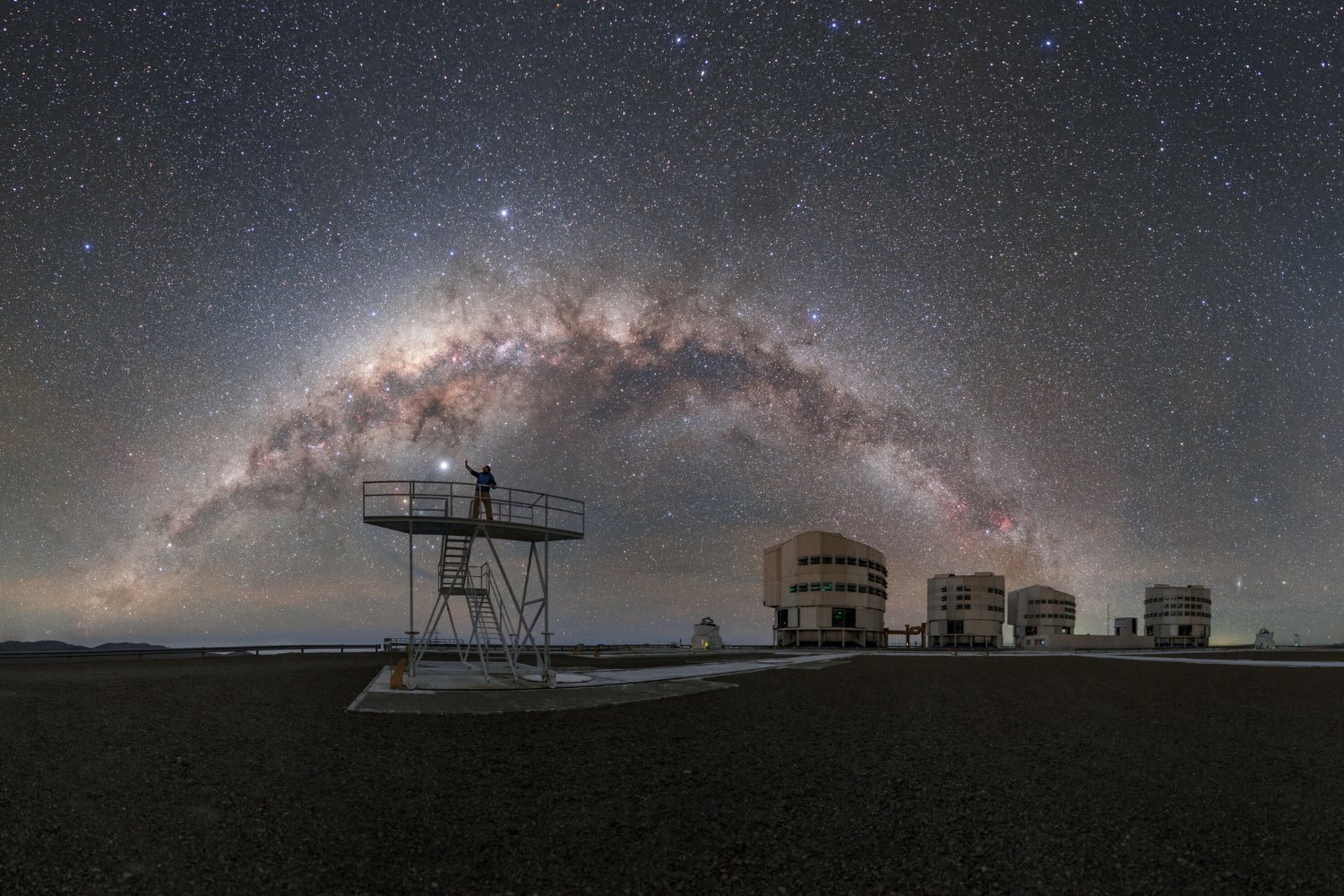Saturn has cemented its position as the “moon king” of our solar system, boasting a staggering 274 confirmed satellites. This impressive number dwarfs the combined moon count of all other planets, with Saturn possessing nearly twice as many. This recent discovery further solidifies Saturn’s dominance in the lunar realm.
An international team of astronomers, utilizing the Canada France Hawaii Telescope, identified 128 new moons orbiting Saturn. This follows the discovery of 62 new moons last year, which initially reclaimed Saturn’s title from Jupiter, bringing the total at the time to 145. Jupiter, Saturn’s main competitor in this celestial moon race, trails significantly behind with only 95 confirmed moons.
The ongoing battle between the two gas giants over lunar dominance seems to have reached a decisive conclusion, with Saturn emerging as the clear victor. Edward Ashton, a postdoctoral fellow at the Institute for Astronomy and Astrophysics at Academia Sincia and the lead researcher on this project, stated, “Based on our projections, I don’t think Jupiter will ever catch up,” in a University of British Columbia statement.
The research team meticulously observed the celestial neighborhood around Saturn between 2019 and 2021. By combining data from multiple telescope observations, they enhanced the detection of faint astronomical objects. This initial survey revealed 62 moons and numerous other unidentified celestial bodies. The team revisited the same sky regions in 2023 for three months, confirming the identities of these objects as moons. This week, the International Astronomical Union officially recognized their groundbreaking discovery.
These 128 newly discovered moons are categorized as irregular satellites. This means they are small fragments, likely remnants of larger moons shattered by violent collisions with other Saturnian moons or passing comets. A significant portion of these new moons cluster near the Mundilfari subgroup, suggesting a major collision event within the Saturnian system within the last 100 million years. This event likely fragmented larger bodies into the recently identified smaller satellites. Ashton emphasized the significance of this discovery, stating, “Our carefully planned multi-year campaign has yielded a bonanza of new moons that tell us about the evolution of Saturn’s irregular natural satellite population.”
The research team’s moon-spotting efforts are currently paused. Current technology has reached its limitations in detecting new moons around distant planets like Saturn, Uranus, and Neptune. For the foreseeable future, Saturn will reign supreme as the undisputed moon king of our solar system.



